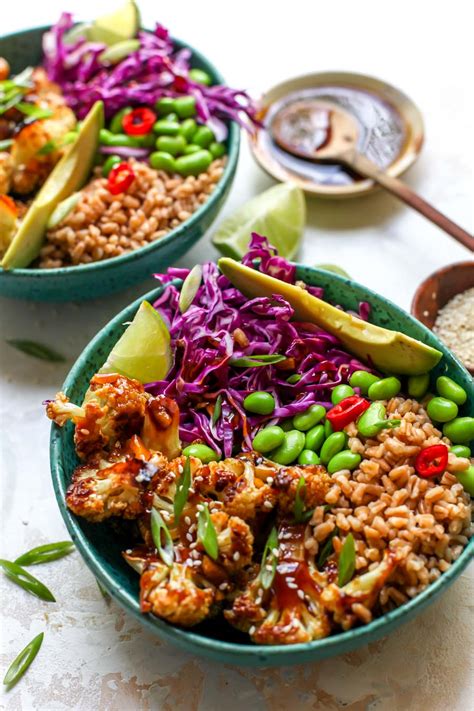Flavor Combinations for Plant-Based Recipes: A Culinary Adventure
Plant-based cooking offers a world of exciting flavor possibilities. Moving beyond simple salads, mastering delicious plant-based meals requires understanding how to layer and combine flavors effectively. This guide explores winning flavor combinations to elevate your vegan and vegetarian cooking to new heights.
Understanding Flavor Profiles
Before diving into specific combinations, let's understand the basic flavor profiles:
- Sweet: Fruits (berries, mangoes, apples), root vegetables (carrots, sweet potatoes), maple syrup, agave nectar.
- Savory/Umami: Mushrooms, tomatoes, soy sauce, nutritional yeast, miso paste, seaweed.
- Sour: Citrus fruits (lemons, limes), vinegar (balsamic, apple cider), tomatoes.
- Spicy/Hot: Chili peppers, ginger, garlic, black pepper.
- Bitter: Leafy greens (kale, spinach), coffee, dark chocolate.
- Salty: Sea salt, soy sauce, nutritional yeast.
By understanding these profiles, you can consciously build balanced and complex flavors in your plant-based dishes. Don't be afraid to experiment!
Winning Flavor Combinations for Plant-Based Dishes
Here are some winning flavor combinations guaranteed to impress your taste buds:
1. Mediterranean Magic
- Combination: Lemon, garlic, oregano, olives, sun-dried tomatoes, feta (vegan feta available).
- Application: Perfect for pasta dishes, salads, roasted vegetables, and grilled tofu or tempeh. The bright acidity of lemon balances the savory garlic and herbs, while olives and sun-dried tomatoes add depth and richness.
2. Asian Fusion Fiesta
- Combination: Soy sauce, ginger, garlic, sesame oil, rice vinegar, chili flakes.
- Application: Ideal for stir-fries, noodles, and marinades for tofu or seitan. This combination offers a savory base with a hint of sweetness from the sesame oil and a kick from the chili flakes.
3. Sweet & Savory Symphony
- Combination: Maple syrup or balsamic glaze, Dijon mustard, soy sauce, roasted vegetables (such as butternut squash or Brussels sprouts).
- Application: Works wonders as a glaze for roasted vegetables or tofu, or as a dressing for salads. The sweetness balances the savory and tangy elements, creating a complex and satisfying flavor profile.
4. Earthy & Aromatic Embrace
- Combination: Mushrooms (cremini, shiitake, oyster), thyme, rosemary, garlic, balsamic vinegar.
- Application: Excellent in pasta sauces, risottos, or as a filling for stuffed vegetables. The earthy mushrooms pair beautifully with the aromatic herbs and tangy balsamic vinegar.
5. Spicy South American Sensation
- Combination: Chipotle peppers, lime juice, cumin, cilantro, black beans.
- Application: Use this to spice up tacos, burritos, chili, or as a marinade for jackfruit. The smoky chipotle peppers, combined with the bright lime juice and earthy cumin, create a vibrant and flavorful explosion.
Tips for Mastering Flavor Combinations
- Start Simple: Begin with one or two main flavor profiles and build from there.
- Balance is Key: Aim for a balance of sweet, sour, salty, bitter, and savory/umami.
- Don't Be Afraid to Experiment: Taste as you go and adjust seasonings accordingly.
- Consider Texture: Pair different textures (e.g., crunchy, creamy, chewy) to enhance the overall dining experience.
- Fresh Herbs Make a Difference: Fresh herbs add brightness and complexity to your dishes.
By understanding basic flavor profiles and experimenting with these winning combinations, you'll unlock a world of delicious and satisfying plant-based meals. Happy cooking!

